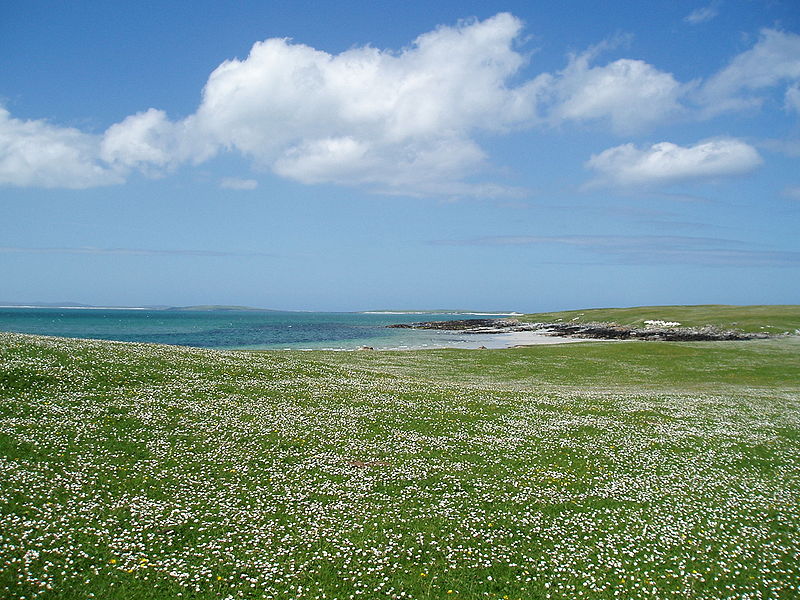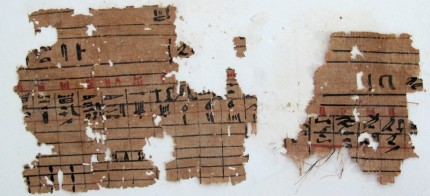Shingle, pebble, rocks, sand seem to be the favourites. I was told at school that sandy beaches were produced by rocks and pebbles being ground down thus producing sand. Apparently not in Sussex.
Another theory is that a sandy beach is made of ground down sea shells. In particular this seems to be the theory for the machair landscape of the Hebrides, although not all of the Hebrides.

https://en.wikipedia.org/wiki/Machair
Human activity has an important role in the creation of the machair. Archaeological evidence indicates that some trees had been cleared for agriculture by around 6000 BC, but there was still some woodland on the coast of South Uist as late as 1549.[5] Seaweed deposited by early farmers provided a protective cover and added nutrients to the soil.[5] The grass is kept short by cattle and sheep, which also add trample and add texture to the sward, forming tussocks that favour a number of bird species.[5]
If humans were modifying the coastal landscape to such an extent eight thousand years ago to produce areas like this it should be expected that they would be doing something similar all around the coastline working it according to conditions and what they wanted out of it.


